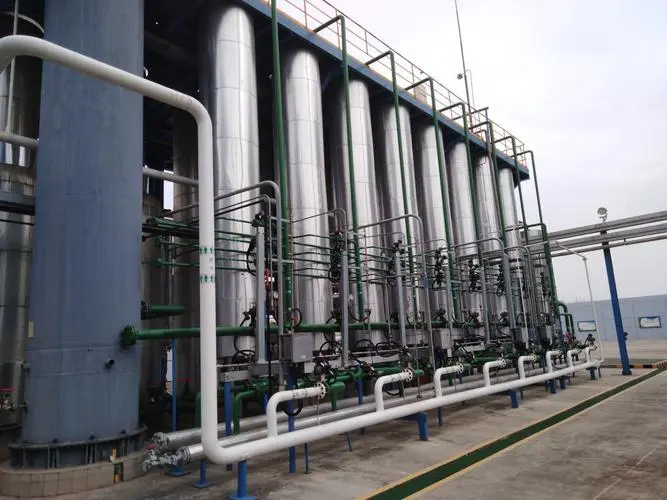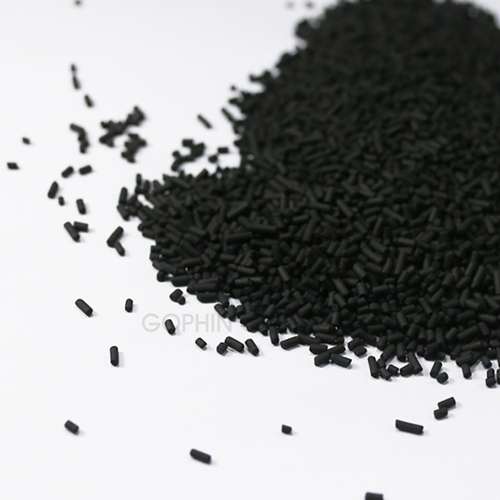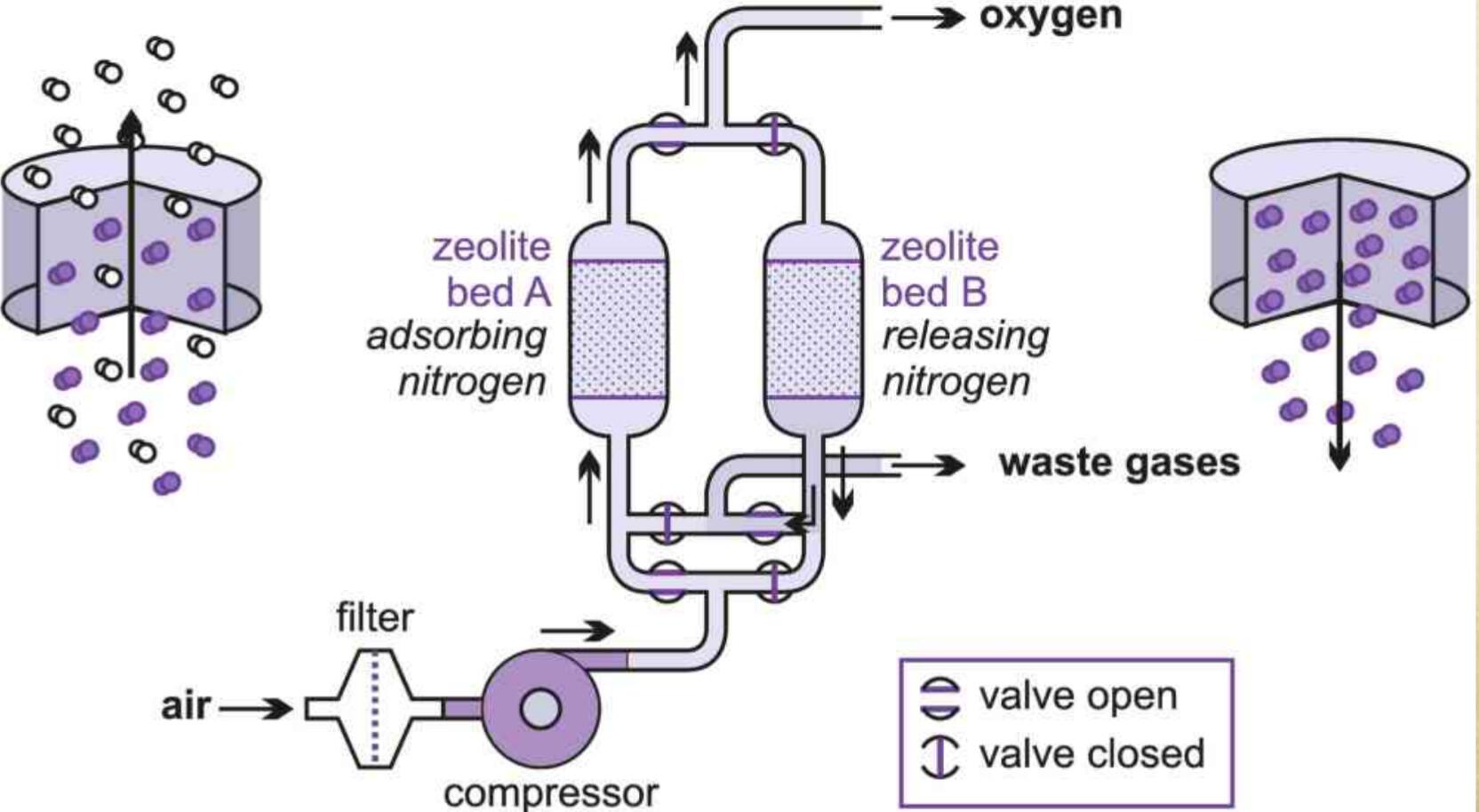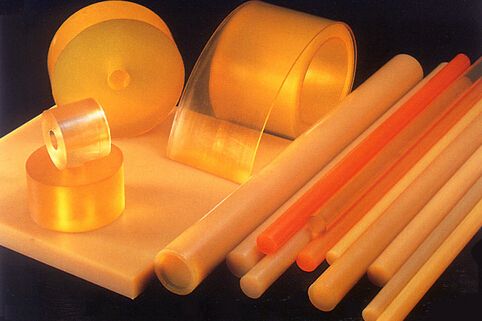| Item | EniSorb-3ED Molecular Sieve | ||
| Application | Ethanol, methanol dehydration | ||
| Shape | Sphere | ||
| Diameter (mesh) | 8x12 (1.6-2.5mm) | 4x8 (3.0-5.0mm) | |
| Bulk density (g/ml) | ≥0.75 | ≥0.75 | |
| Crushing strength (N/pc) | ≥40 | ≥100 | |
| Static water adsorption | RH=10% | ≥18 | ≥18 |
| RH=50% | ≥21 | ≥21 | |
| CO2 Adsorption (%) | ≤1.0 | ≤1.0 | |
| Loss on Ignition (%) | ≤1.5 | ≤1.5 | |
| Wear Ratio (%) | ≤0.1 | ≤0.1 | |
| Water content (%) | ≤1.5 | ≤1.5 | |
| Package | 150kg/drum | ||



